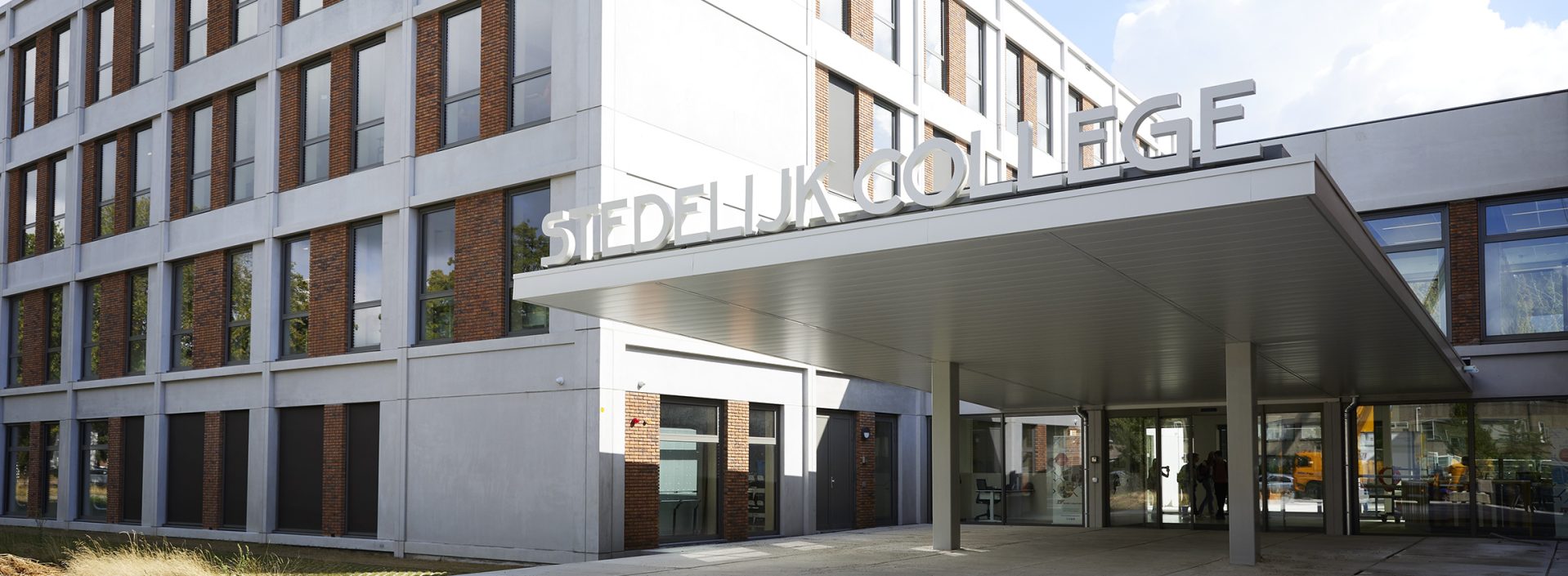
Quality Development
Quality policy SILFO
The strategic vision SILFO 2022-2026 describes the overarching mission for the quality development staff department. This has been formulated on the basis of the four C’s (Caring, Connecting, Creating & Celebrating), the foundation-wide core values that SILFO uses to shape its activities.
The four C’s have been given substance on the basis of a set of tools that has been developed to accommodate not only measurable but also noticeable and demonstrable quality data. This data is collected, shared and evaluated in a cyclical process, including targeted research, for example follow-up questions on previously found data, collecting feedback, conducting evaluations, engaging in dialogue and sharing stories. The assessment framework of the Education Inspectorate is aligned with this.
The quality cycle is embedded in various ways in the working methods within the foundation.
Management Reports
Since mid-2019, the foundation has been working with reports on educational quality, both at foundation and location level. The reports are discussed every four months with the training management, the control department, the quality department and the Executive Board. The content focuses on measurable, noticeable and demonstrable quality results. The measurable data from the educational quality reports comes from the schools’ various pupil monitoring systems, which track pupils’ progress in knowledge and skills. At location level, it is also ensured that education is aligned with the pupils’ continuous development process. The satisfaction survey among pupils and parents, teaching quality at school level, observations and the accreditation report by the Council of International Schools for the International School are also used to measure educational quality.
Quality Compass
The development of educational quality is monitored using the Quality Compass, which is based on the Quality Cycle (which runs synchronously with the control cycle), the Quality Calendar in the annual report, the Quality Calendar in the School Plan, and the four-, eight- and twelve-monthly reports.
The Quality Compass developed by the foundation provides insight into educational quality and is visible to the board, management, staff and Supervisory Board via a dashboard. The Quality Compass is used to monitor the quality of education within the foundation based on the established vision. This is done using the requirements drawn up by the inspectorate, by means of Key Performance Indicators (KPIs) and indicators for noticeable and demonstrable quality, the so-called Critical Quality Indicators (QQIs), which are linked to the school plan objectives. Progress is evaluated every four months in the dashboard and discussed with the training directors. The quality dashboard offers the possibility to determine how the school goals are progressing at three pre-set moments. This can be done by entering the rate using a drop-down menu in the dashboard, with the traffic light colours dark green (completed, finished, ready), light green (going well), orange (needs attention), red (not going well, help/support needed) and grey (not started). Those responsible for quality at the location fill in the dashboard every four months, under the correct date. This makes a line visible in the development of the various goals. The goals are classified on the basis of inspection standards, SILFO standards and are used in this way to account for quality development at goal level in the management report. Those responsible at the location write the explanation for this.
Quality Improvements
Agreements for quality improvement are drawn up and recorded every four months on the basis of management reports and the quality dashboard. Where necessary, the training departments carry out further analysis at location level and/or adjust location targets, which are then included in the quality dashboard. The process and quality tools are evaluated annually, thereby achieving further quality development.
Accountability
The management reports and quality dashboard are shared every four months and also discussed with the Supervisory Board. The location portfolios are also presented and discussed annually in a meeting with the Supervisory Board, the Executive Board and the Joint Participation Council. Quality data is published in the Annual Report and on the Scholen op de kaart website.

